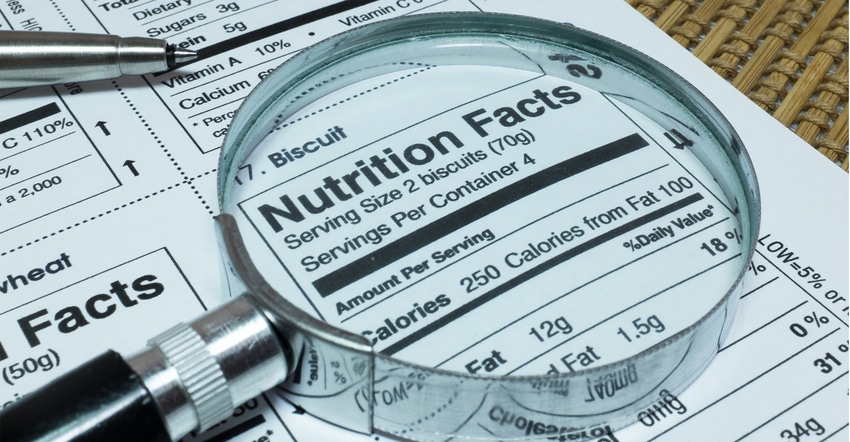April 8, 2022

The world's most popular diet according to Google searches, the ketogenic diet, involves eating very few carbohydrates, lots of fat and a moderate amount of protein each day. But since keto's precise macronutrient recommendations can be tricky to nail, many shoppers have questions for natural products retailers. We swung by an independent in the Midwest to assess their knowledge.
Natural Foods Merchandiser: What are the carbohydrate limits for a keto diet, and how do I calculate them from the Nutrition Facts panel?
Retailer: Full disclosure: I'm not an expert on keto; our dietitian would be much better to speak with about this. I do know that the carb limits are pretty low for keto, but I can't give you exact numbers. I think it also depends on your total calorie intake.
NFM: Gotcha. Do you know if I just count up the carbs listed in the Nutrition Facts panels for everything I eat?
Retailer: I'm sorry, I'm not sure. Our dietitian isn't in right now, and I don't want to steer you wrong. Do you want to try to make an appointment with her?
How did this retailer do?

This retailer was actually right on target! She wasn't sure about an exact answer, so she was correct to point the shopper toward the dietitian on staff for more information.
The keto diet is a super-low-carbohydrate, moderate-protein, high-fat diet. To get the benefits of entering ketosis—where your body is burning fat for fuel rather than carbs—you need to drastically restrict your carb intake to roughly 50 grams of total carbs per day, although this can vary from person to person. It mostly depends on your metabolism and activity level, so those with more sluggish metabolisms may need to cut carbs further, whereas really active people can eat more carbs and remain in ketosis. But the guideline of 50 grams total per day works for most people.
Some people prefer to count net carbs, which is total carbs with fiber and sugar alcohols subtracted. Although fiber and sugar alcohols are carbohydrates, they aren't absorbed by the body, so they generally don't impact your ability to get into ketosis. If you're counting net carbs, you should aim for roughly 25 grams of net carbs per day.
You can find carbohydrate counts on the Nutrition Facts label of any packaged food. Be sure to note the portion size and total carb count. To calculate net carbs, just subtract the fiber and sugar alcohols—which will also be listed on the Nutrition Facts label—from the total carbs.
About the Author(s)
You May Also Like
.png?width=700&auto=webp&quality=80&disable=upscale)




